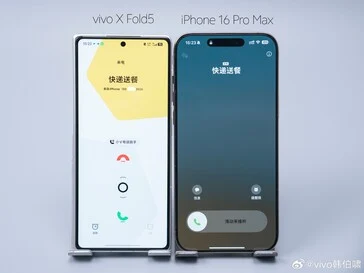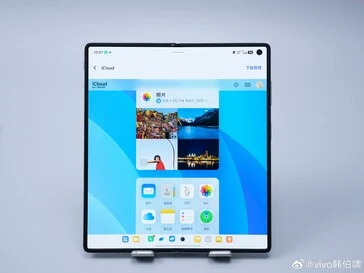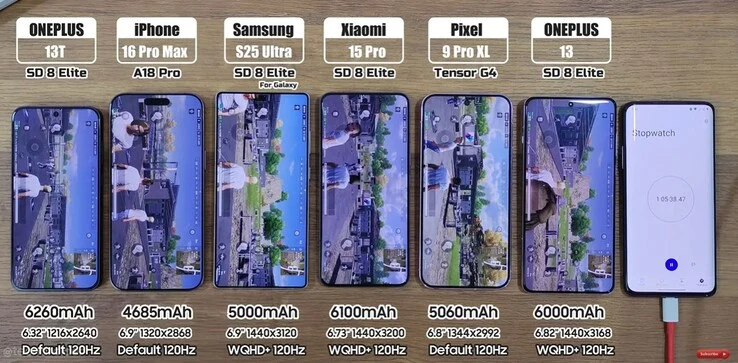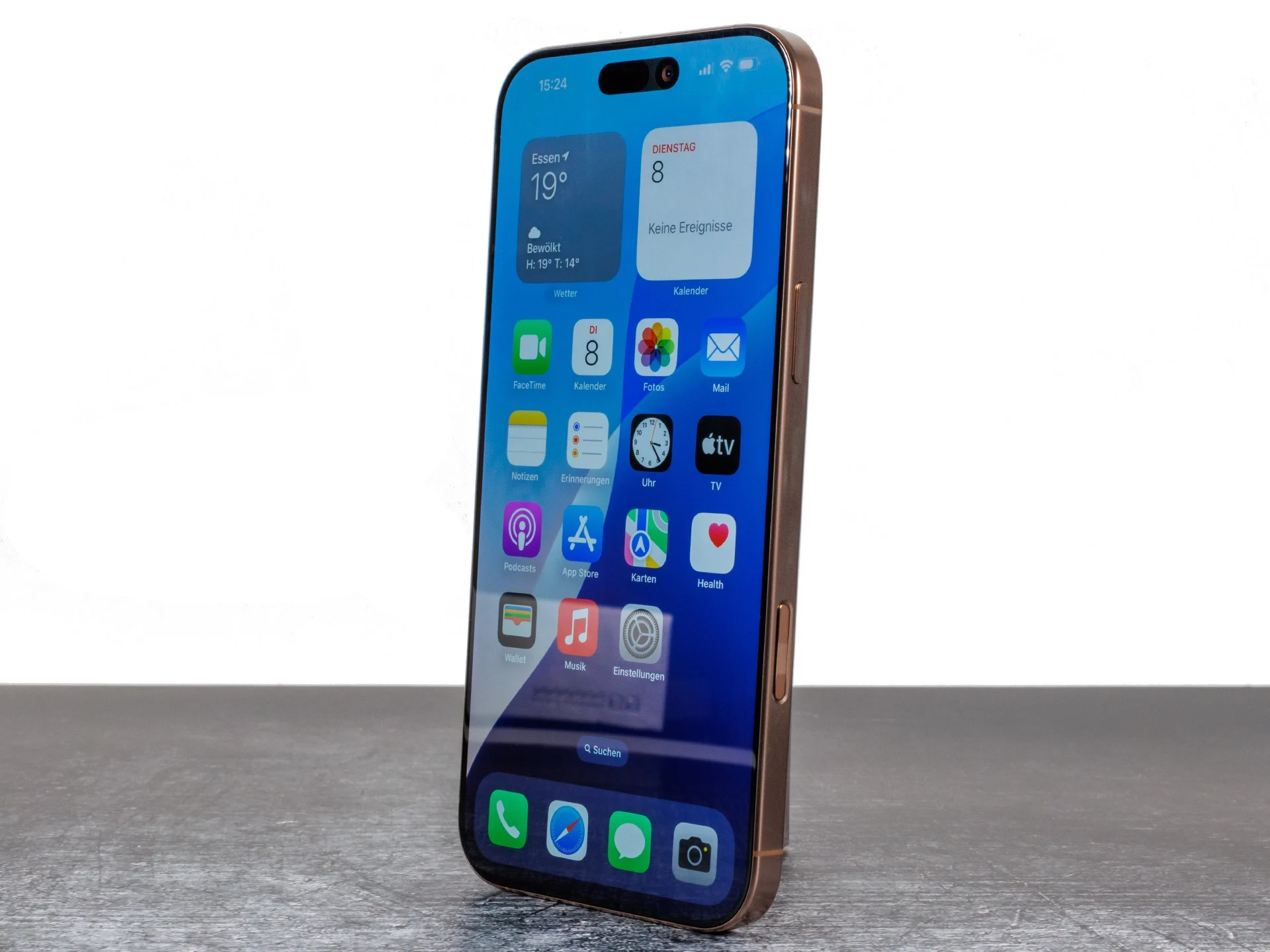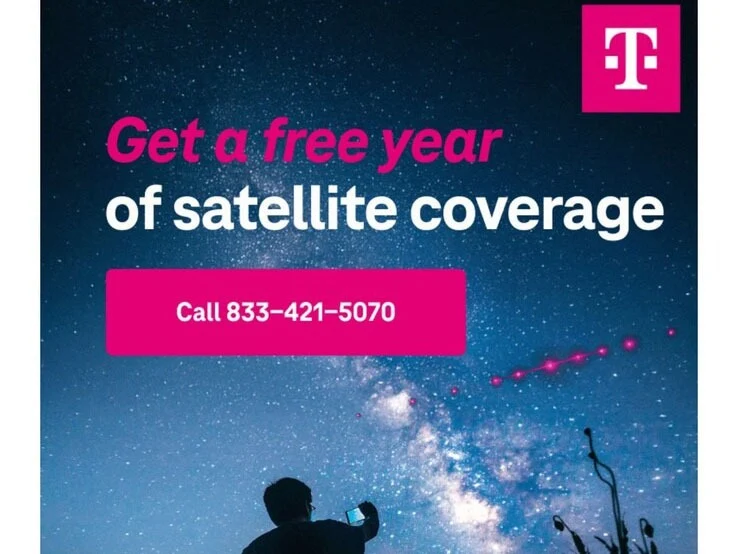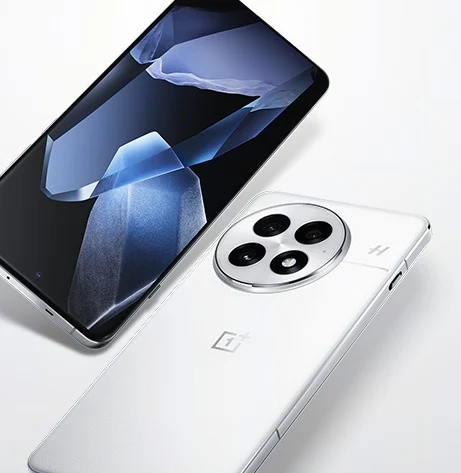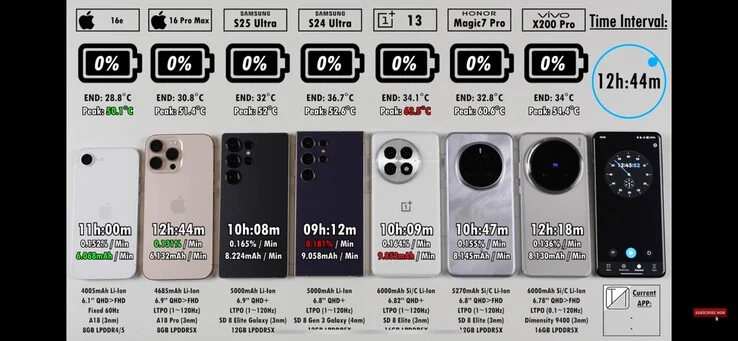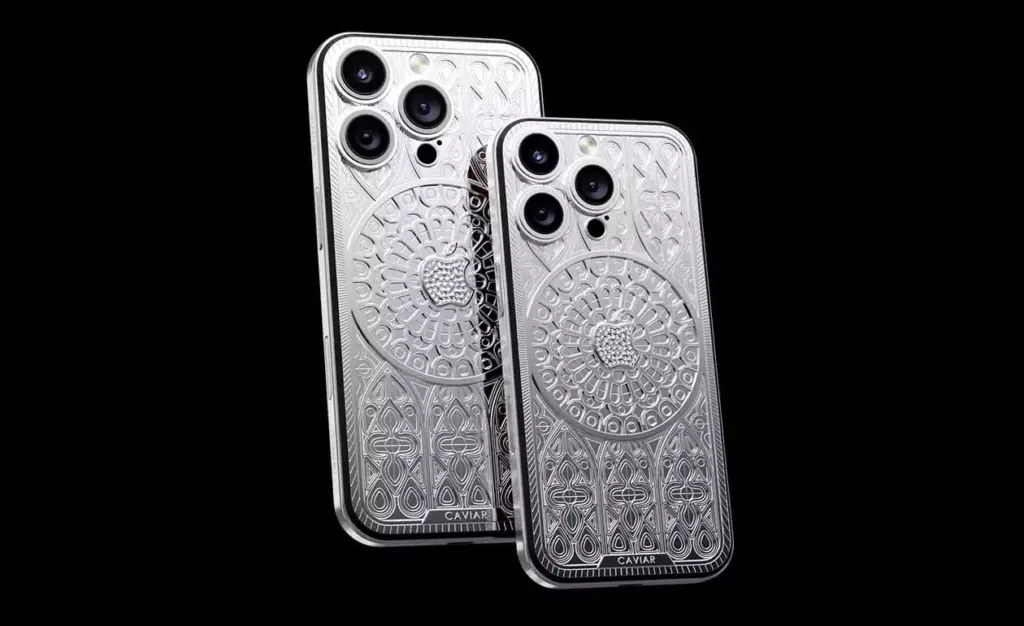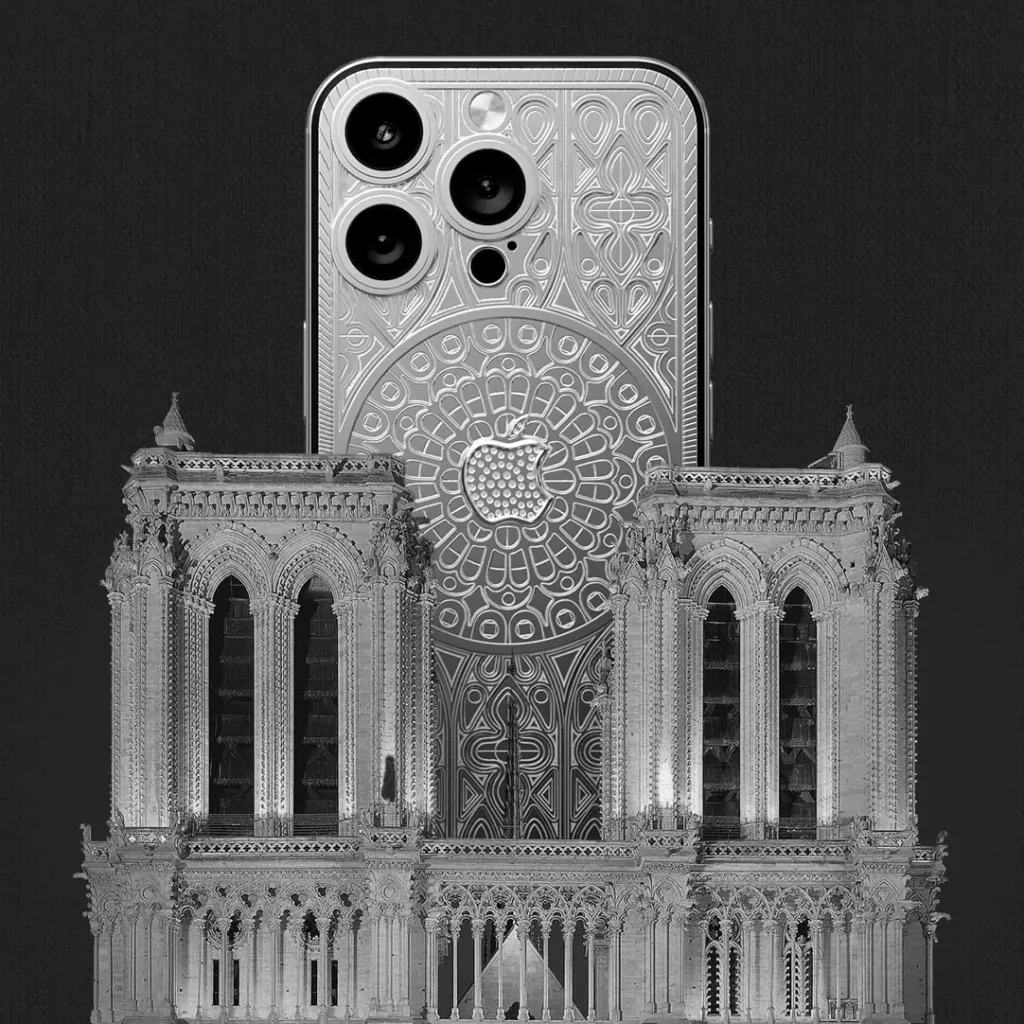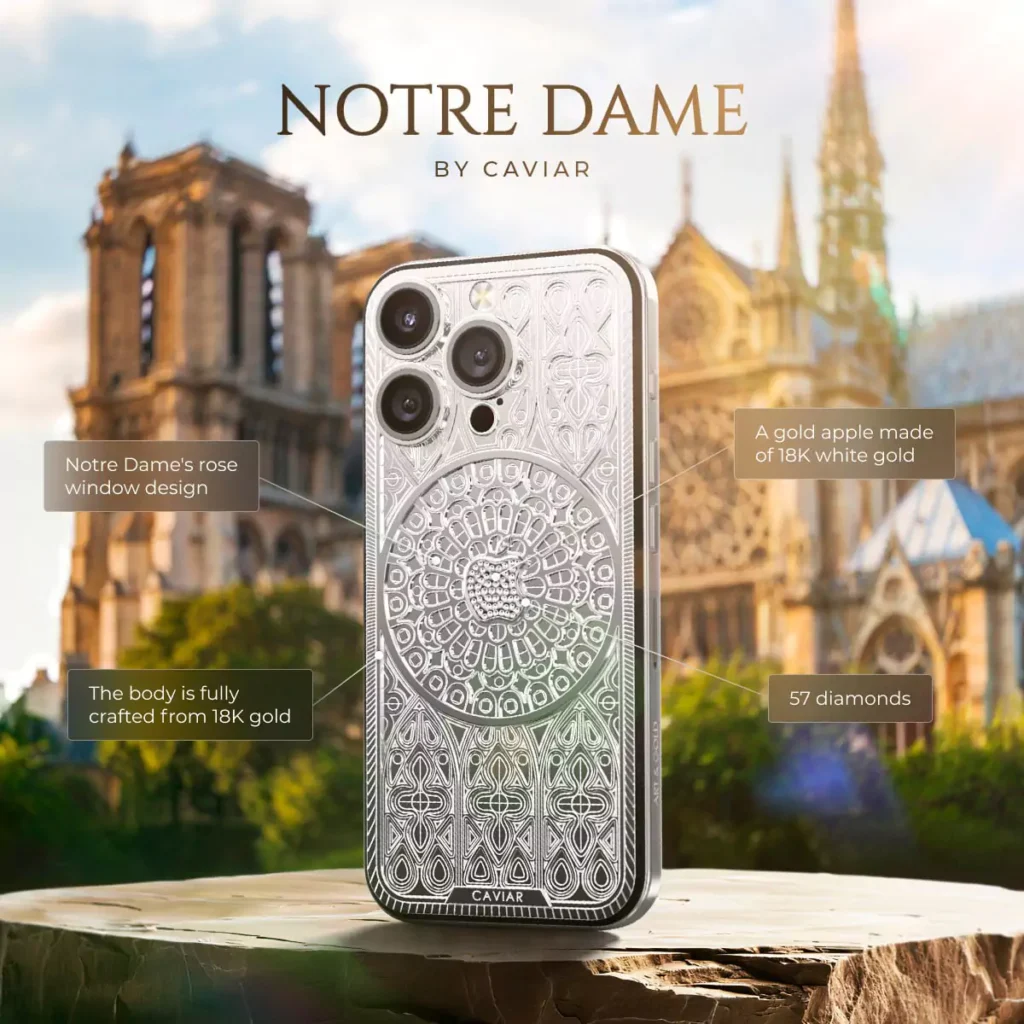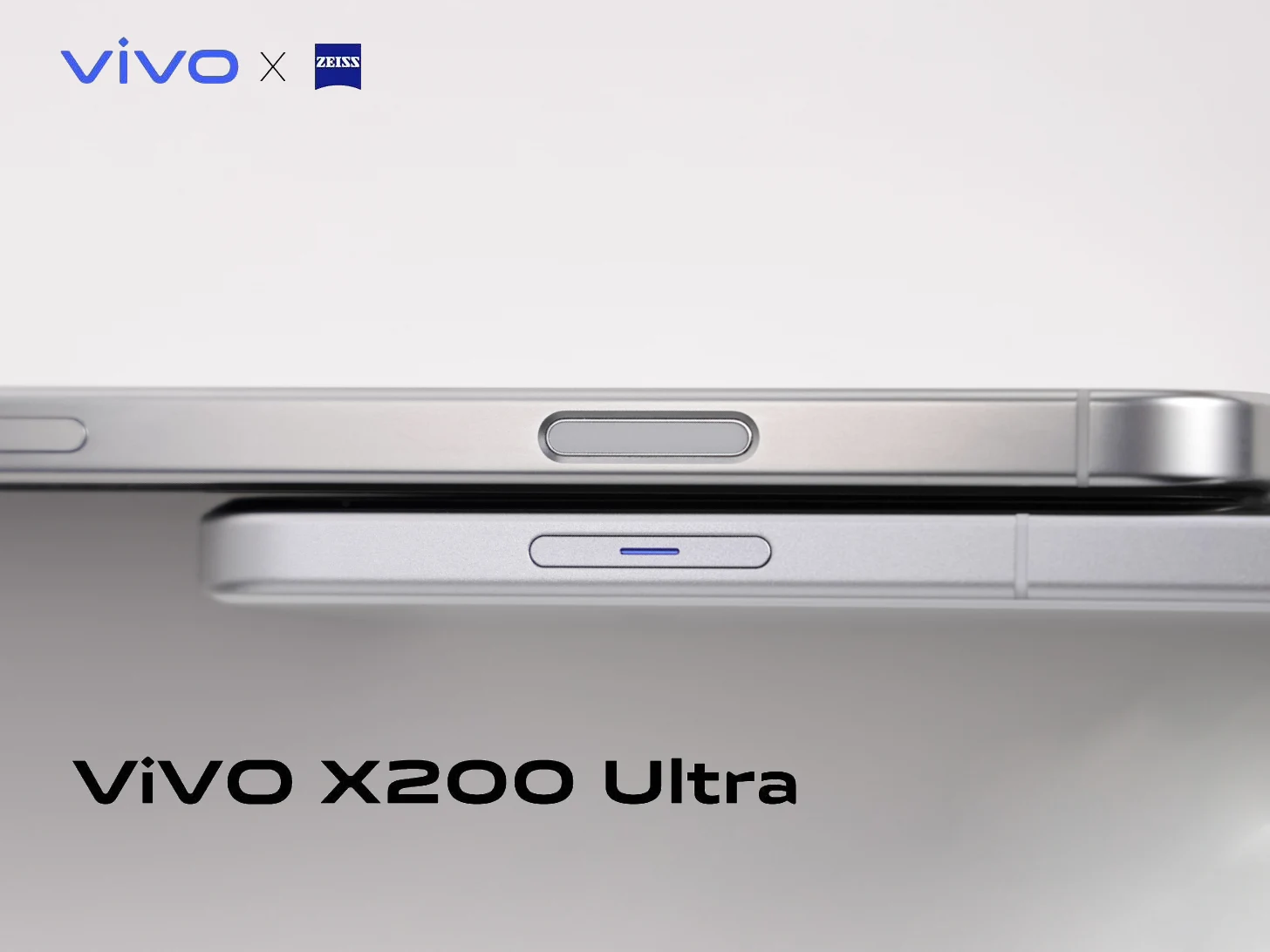Key Takeaways
1. Significant upgrades for the Vivo X Fold 5 include improved dust and water resistance and reduced weight.
2. Vivo aims to compete with the Samsung Galaxy Z Fold 7 and attract Apple users in China with enhanced iCloud integration.
3. Users will receive calls and messages on their Apple Watch from Vivo foldables and sync health data to the Vivo Health app.
4. The Vivo X Fold 5 allows iPhone users to manage calls and messages through the foldable device, even without a SIM card.
5. The new foldable display promises to be the brightest on the market, featuring a dynamic LTPO AMOLED cover display and high-frequency PWM dimming.
Initial rumors about the Vivo X Fold 4’s successor hinted at rather ordinary upgrades, like the expected use of the Snapdragon 8 Gen 3, leading many to believe that this year’s enhancements would be limited. However, things have shifted recently, as product manager Han Bo Xiao has teased some significant and practical day-to-day enhancements for the Vivo X Fold 5. These improvements include better dust and water resistance along with a reduction in weight.
Competing with the Best
Earlier today, Han Bo Xiao shared more information about the upgrade of the Vivo foldable, aiming to compete with the Samsung Galaxy Z Fold7 set to launch in July. This move seems to be part of Vivo’s strategy to lure Apple device users in China, as suggested by some recent posts on Weibo. Notably, Vivo has promised enhanced iCloud integration and better teamwork with iPhones, including the iPhone 16 Pro Max, plus a unique collaboration with the Apple Watch, marking a first for the Android ecosystem.
New Features for Users
In terms of functionality, users will have the capability to receive calls and messages on their Apple Watch from their Vivo foldables. They can also sync health data from the Apple Watch to the Vivo Health app. Additionally, iPhone users will be able to manage incoming calls and messages on their iPhones through the Vivo X Fold 5, even if there’s no SIM card in the foldable device. The information flow between the two devices will feel seamless, as if they were one. Moreover, iCloud will see closer integration and synchronization, particularly for photos and memos. Finally, the 8-inch foldable display can function as an extension of an iPad for a MacBook.
Impressive Display Specs
The diligent Vivo manager also shared some details about the display of the Vivo X Fold 5. A preview of the specifications indicates that it will feature the brightest foldable display compared to rivals like Samsung, Oppo, Honor, and Google, even though the previous model already had a peak brightness of 4,500 nits. A notable new feature is the dynamic LTPO AMOLED cover display on the outside, along with mentions of high-frequency PWM dimming.
Source:
Link

